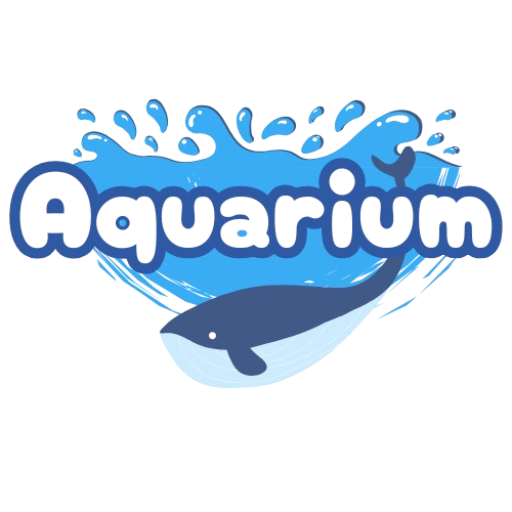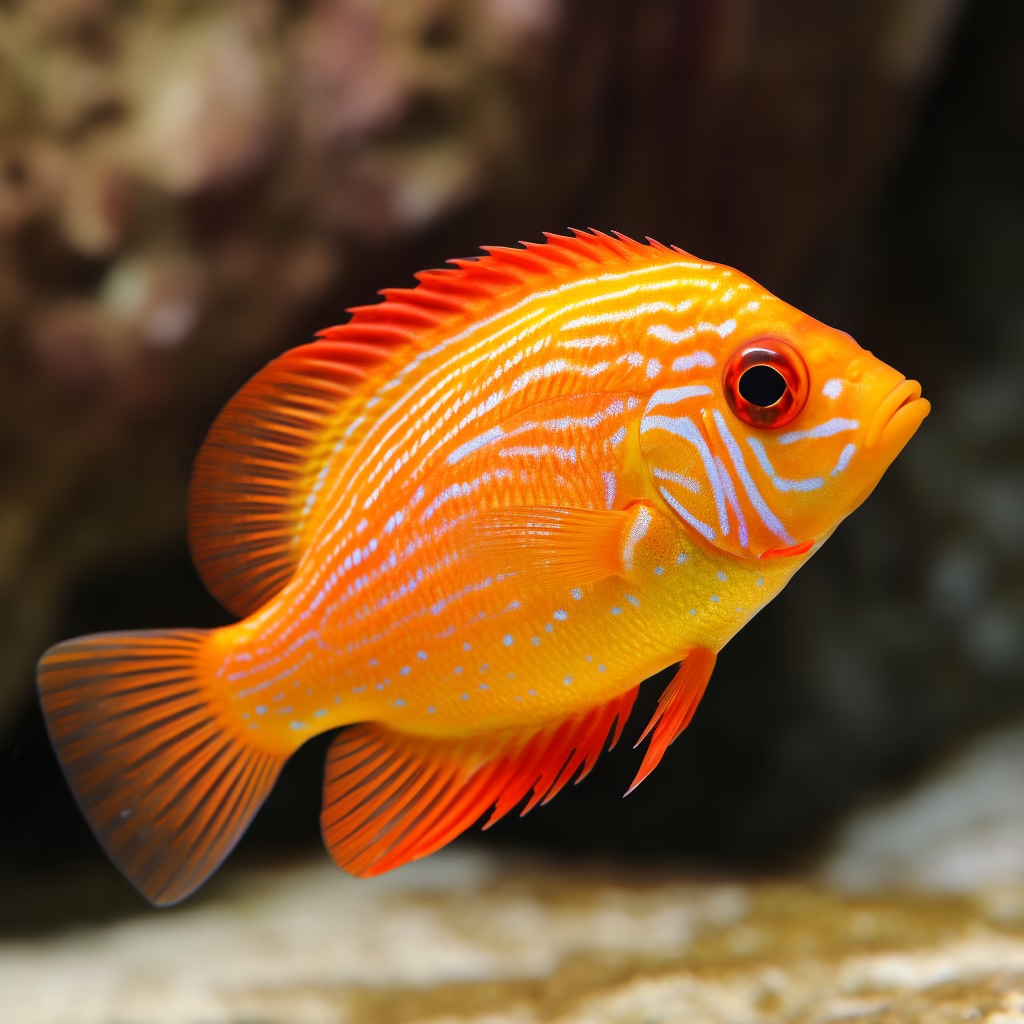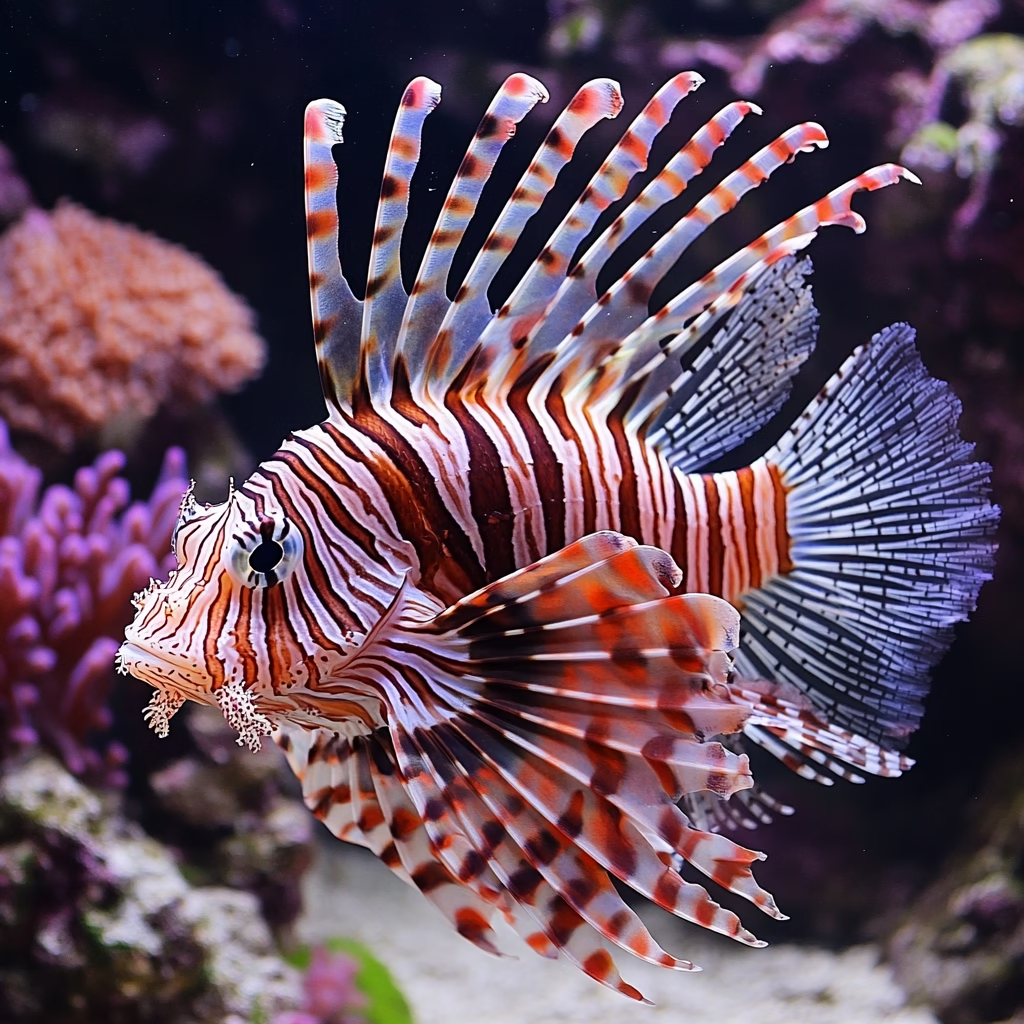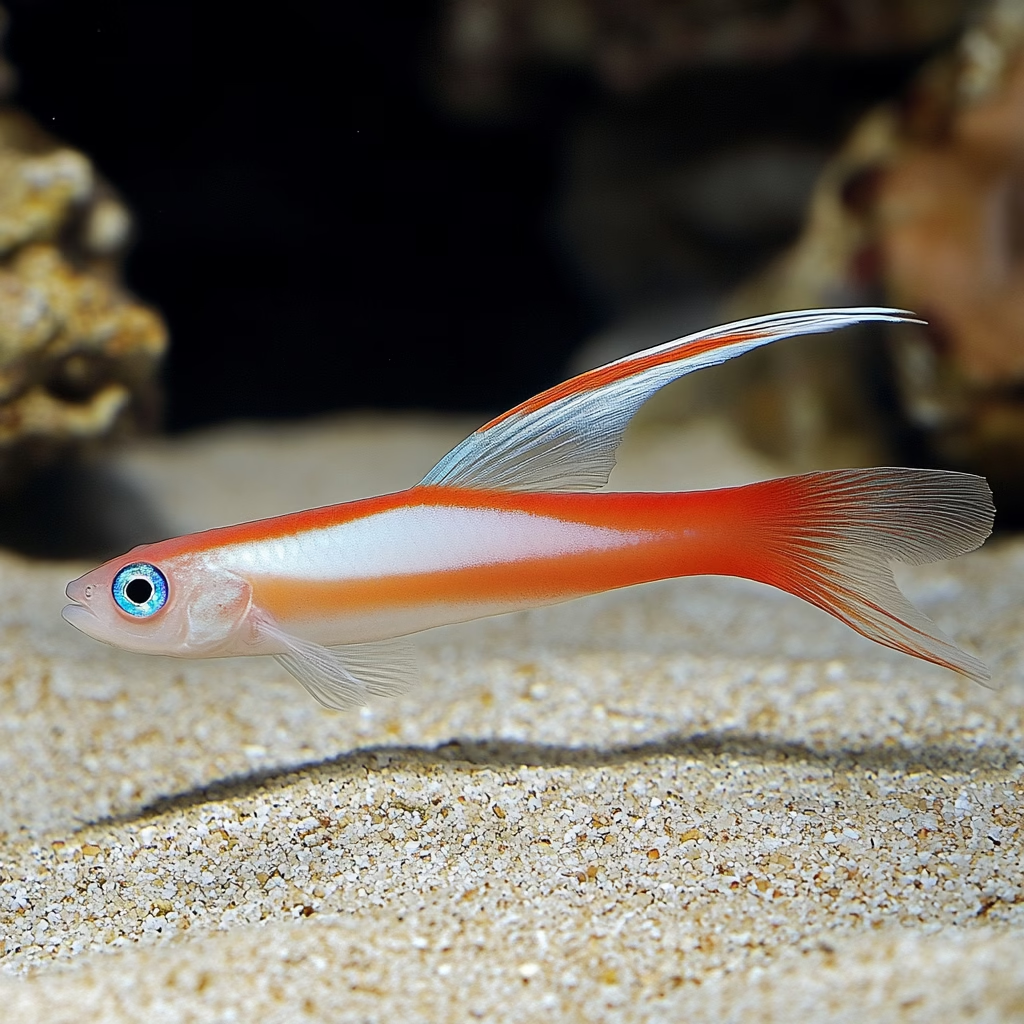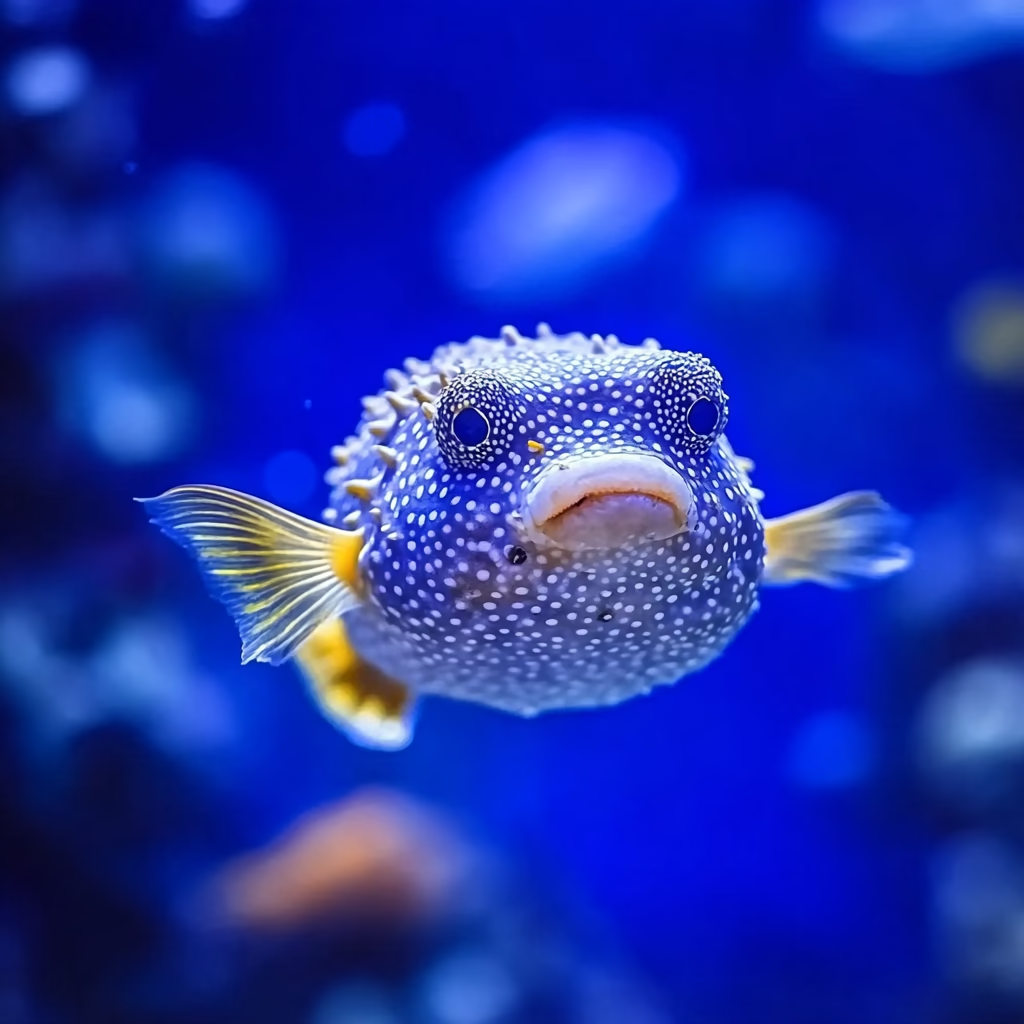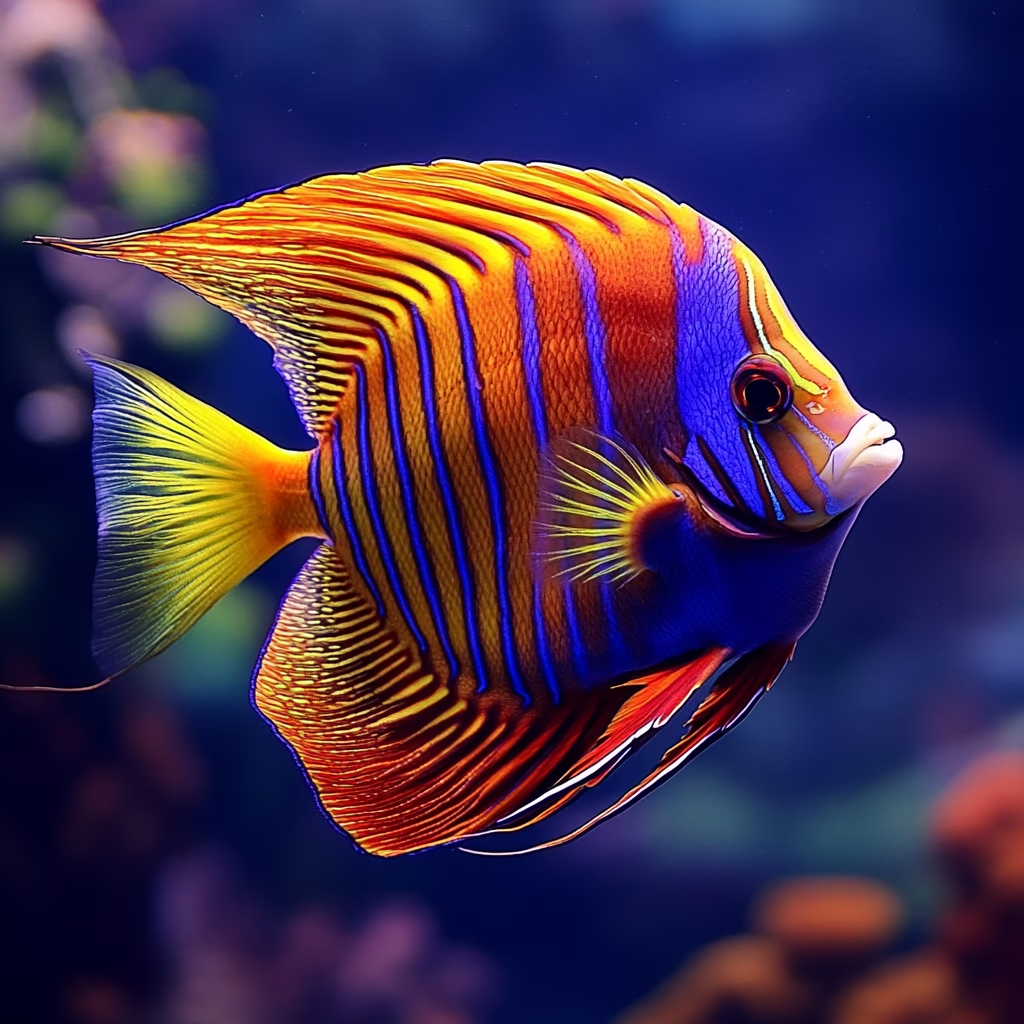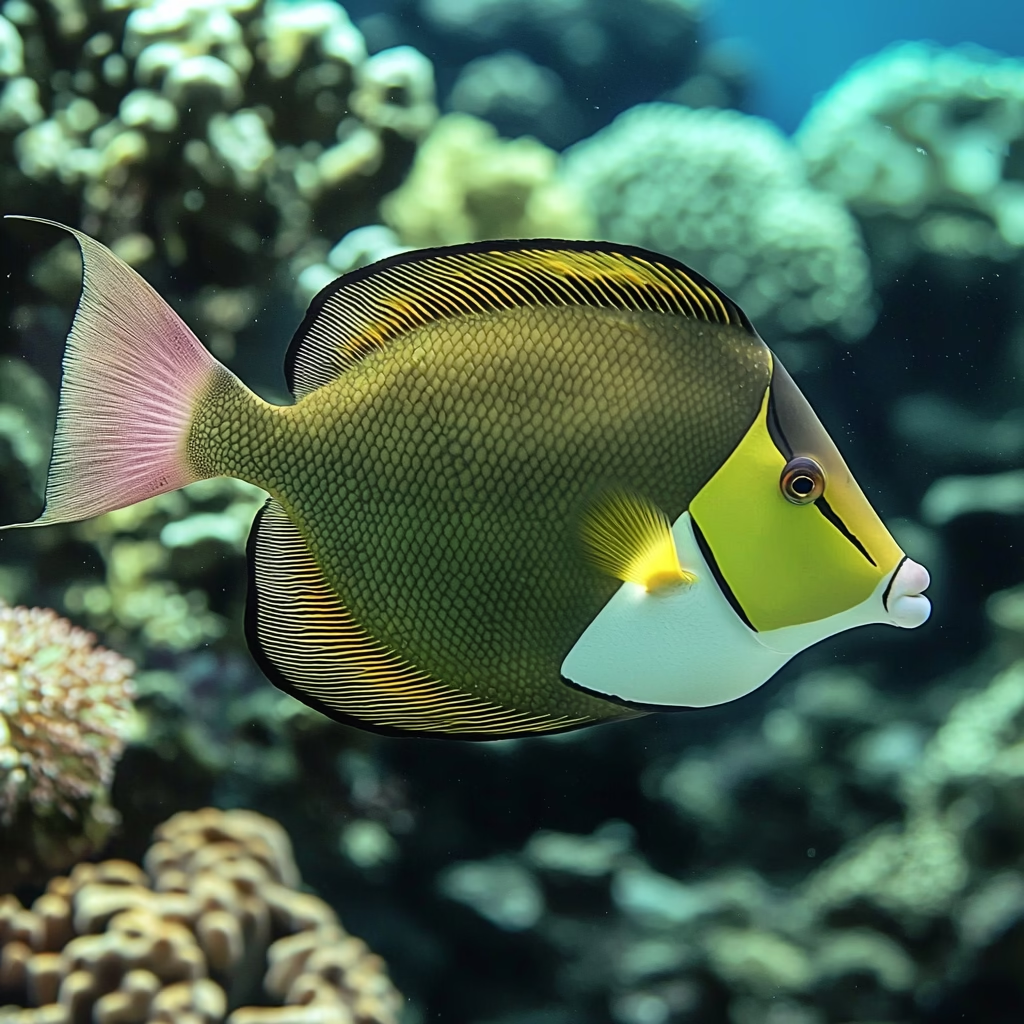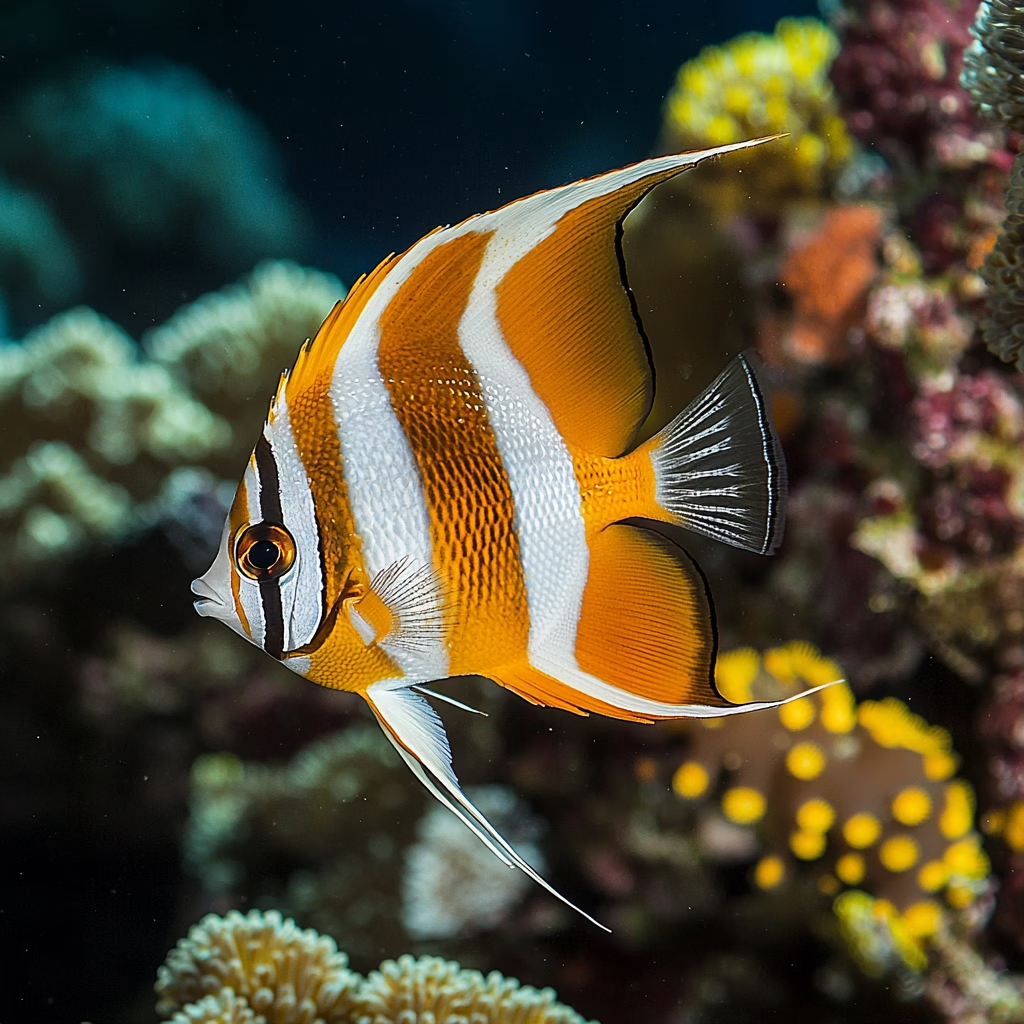The chevron tang (Ctenochaetus hawaiiensis), with its striking black body adorned with distinctive chevron-patterned lines, stands as one of the most visually captivating fish in the marine aquarium hobby. Native to the clear waters surrounding Hawaii and parts of the Pacific, these elegant swimmers not only add a dramatic visual element to reef tanks but also serve a practical purpose as efficient algae-eaters. This comprehensive guide explores everything you need to know about keeping, caring for, and enjoying these remarkable saltwater fish.
What Is a Chevron Tang?
The chevron tang, also known as the Hawaiian tang or black surgeonfish, belongs to the Acanthuridae family. Distinguished by its deep black coloration and thin, white chevron-patterned lines that run vertically across its body, this fish represents one of nature’s most striking color contrasts. Most specimens grow to approximately 6-8 inches in captivity, though they can reach up to 10 inches in their natural habitat.
Like other tangs, the chevron tang possesses a sharp, retractable spine near its tail base—a defensive adaptation that gives the surgeonfish family its name. This spine requires respect and caution during handling or tank maintenance to prevent injuries.
Natural Habitat and Behavior
Chevron tangs naturally inhabit the coral reefs surrounding the Hawaiian Islands and other regions of the Pacific Ocean. These fish typically frequent the outer reef slopes at depths ranging from 15 to 100 feet, where they graze continuously on algae films and detritus covering rocks and coral.
In the wild, chevron tangs often form small groups or loose schools, though they can display territorial behavior, especially during feeding. Their natural environment consists of oxygen-rich waters with substantial current flow, which significantly influences their care requirements in captivity.
Setting Up the Ideal Tank for Chevron Tangs
Tank Size Requirements
Due to their active swimming nature and adult size, chevron tangs require spacious aquariums. For a single specimen, a minimum tank size of 125 gallons is recommended, though larger is always better. Pairs or groups will need tanks of 180 gallons or more to provide adequate swimming space and reduce territorial disputes.
Water Parameters
Maintaining optimal water conditions proves crucial for the health of chevron tangs. These fish thrive in the following parameters:
- Temperature: 75-82°F (24-28°C)
- pH: 8.1-8.4
- Salinity: 1.023-1.025 specific gravity
- Ammonia and Nitrite: 0 ppm
- Nitrate: Below 10 ppm
- Phosphate: Below 0.05 ppm
Aquascaping for Chevron Tangs
Creating an appropriate environment for chevron tangs involves replicating aspects of their natural habitat. The tank should feature:
- Substantial live rock arrangements that provide both grazing surfaces and hiding spots
- Open swimming areas between rock formations
- Strong water movement from powerheads or wavemakers to simulate reef currents
- A deep sand bed (2-3 inches) for beneficial bacteria development
The aquascape should balance the tang’s need for grazing surfaces with their requirement for unobstructed swimming space. Avoid overly crowded arrangements that might restrict movement or create territorial dead-ends.
Feeding Your Chevron Tang
Natural Diet and Nutritional Needs
In their natural environment, chevron tangs primarily consume filamentous algae, diatoms, and other microorganisms they scrape from rocks and substrate. Their digestive system has evolved specifically for processing this vegetable-based diet, making proper nutrition in captivity essential for their long-term health.
Recommended Feeding Schedule
A well-rounded feeding regimen for chevron tangs includes:
- High-quality marine algae sheets (nori, spirulina) offered daily via a feeding clip
- Commercial prepared foods formulated specifically for herbivorous marine fish
- Occasional small amounts of frozen foods like mysis shrimp or brine shrimp for protein supplementation
- Vitamin-enriched foods to prevent nutritional deficiencies
Feed adult chevron tangs 2-3 times daily, providing only what they can consume within a few minutes. Overfeeding can lead to water quality issues and health problems.
Natural Grazing Opportunities
Beyond scheduled feedings, chevron tangs benefit tremendously from having continuous access to natural grazing opportunities. Encouraging the growth of beneficial algae on portions of live rock or introducing algae scrubbers can help satisfy their natural grazing instincts and supplement their diet.
Health and Common Issues
Disease Prevention
Chevron tangs, like many tangs, show particular susceptibility to marine ich (Cryptocaryon irritans) and marine velvet (Amyloodinium ocellatum). Preventative measures include:
- Maintaining pristine water quality through regular testing and water changes
- Quarantining all new fish for 3-4 weeks before introduction to the display tank
- Providing a stress-free environment with appropriate hiding places
- Ensuring optimal nutrition to support immune function
Signs of a Healthy Chevron Tang
A healthy chevron tang exhibits:
- Active swimming behavior
- Clear, bright eyes
- Smooth fins without tears or erosion
- Regular, enthusiastic feeding
- Consistent, healthy breathing patterns
- Vibrant body coloration
Common Health Issues and Treatment
Despite best preventative efforts, chevron tangs may encounter health challenges. Common issues include:
Marine Ich: Appears as white spots resembling salt grains on the fish’s body and fins. Treatment typically involves copper-based medications in a separate quarantine tank, as copper can harm invertebrates and beneficial bacteria.
HLLE (Head and Lateral Line Erosion): Characterized by pitting or erosion of tissue around the head and lateral line. Often related to nutritional deficiencies or water quality issues, treatment focuses on improving diet and water conditions.
Bacterial Infections: May present as red streaks, frayed fins, or unusual growths. Treatment involves appropriate antibiotics administered according to veterinary guidance.
Compatibility with Other Tank Mates
Reef Compatibility
Chevron tangs generally demonstrate reef-safe behavior, rarely bothering corals or other sessile invertebrates. However, they may occasionally nip at large-polyped stony corals or clam mantles if underfed or bored, so monitoring remains important in reef setups.
Fish Compatibility
When selecting tank mates for chevron tangs, consider these guidelines:
- Avoid other surgeonfish of similar body shape or from the same genus to reduce aggression
- Exercise caution when housing with other tangs; introduce them simultaneously or the chevron tang last
- Compatible tank mates include larger peaceful fish like angelfish, butterflyfish, and wrasses
- Smaller fish that stay out of the tang’s way, such as gobies and blennies, typically coexist peacefully
- Avoid slow-moving or long-finned species that might become targets for nipping
Breeding and Reproduction
Breeding chevron tangs in captivity remains exceptionally rare and difficult. In the wild, these fish engage in group spawning events, releasing gametes into the water column during specific lunar phases. The resulting pelagic larvae develop in the open ocean before settling on suitable reef habitats.
Commercial availability of chevron tangs primarily comes from wild collection, though initiatives to develop captive breeding programs continue to advance within the scientific and aquaculture communities.
Conservation Status and Ethical Considerations
The chevron tang does not currently appear on endangered species lists, but like many reef fish, its populations face pressure from habitat destruction, climate change, and collection for the aquarium trade. When purchasing a chevron tang, consider sourcing from reputable dealers who engage in sustainable collection practices.
Several organizations now work toward developing captive breeding programs for tangs, which may eventually provide a more sustainable source for these magnificent fish. Supporting such initiatives helps promote the long-term viability of both the species and the hobby.
Conclusion: Is the Chevron Tang Right for Your Aquarium?
The chevron tang offers a striking visual presence and practical algae-control benefits for the right aquarium system. However, these advantages come with significant commitments to proper tank size, water quality, and specialized care.
Before adding a chevron tang to your collection, honestly assess your ability to provide:
- An appropriately sized aquarium (125+ gallons)
- Excellent filtration and water movement systems
- Consistent water quality maintenance
- Proper diet and nutrition
- Long-term care for a fish that may live 10+ years
For those able to meet these requirements, the chevron tang rewards aquarists with its elegant swimming behavior, distinctive patterning, and active personality—truly earning its place as one of the most prized fish in the marine aquarium hobby.
